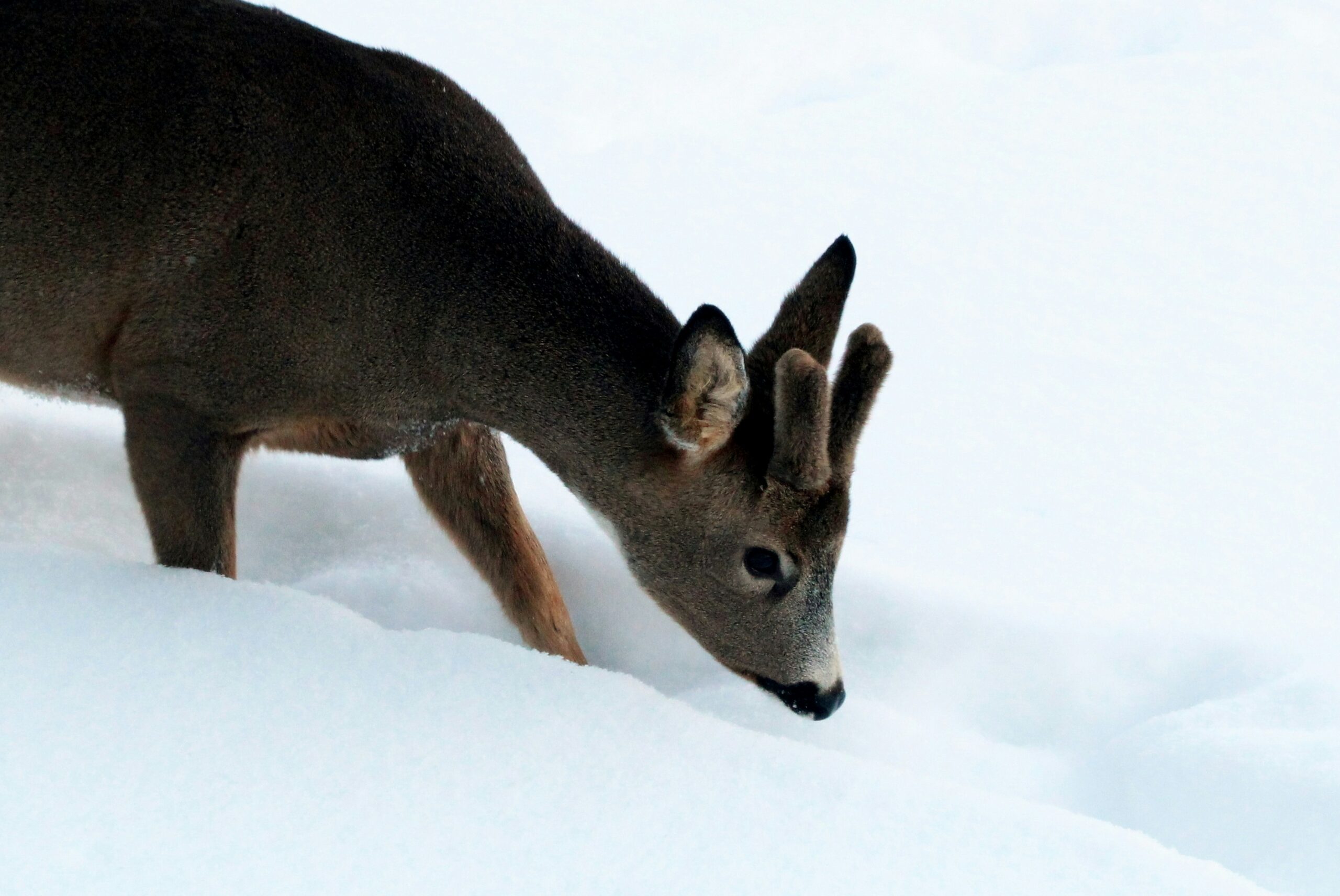Exploring the Wonders of Habitat-Specific Animal Species
Introduction
Our planet is home to an incredible variety of animal species, each uniquely adapted to its environment. While some animals can be found in multiple habitats, there are certain species that are found only in specific ecosystems. These creatures have evolved to thrive in their specialized habitats, showcasing the wonders of nature’s diversity. In this article, we will explore 15 animal species that are found exclusively in certain habitats, highlighting their strange and captivating beauty.
The Deep-Sea Dwellers
The depths of our oceans are home to some of the most extraordinary creatures on Earth. One such species is the anglerfish, known for its bioluminescent lure that attracts prey in the pitch-black depths. These mesmerizing fish can only be found in the deep-sea habitats, where they have adapted to survive extreme pressures and scarcity of food.
Another fascinating deep-sea dweller is the vampire squid. Despite its name, this creature is not a true squid nor a vampire. It possesses unique characteristics, such as the ability to turn itself inside out to confuse predators. With its gelatinous body and glowing eyes, the vampire squid is a mysterious inhabitant of the deep-sea ecosystem.
The Rainforest Wonders
The lush rainforests of the world are teeming with life, harboring countless species that are found nowhere else. One such example is the poison dart frog, renowned for its vibrant colors and deadly toxins. These tiny amphibians rely on their bright hues to warn potential predators of their toxicity.
Another remarkable rainforest dweller is the sloth. These slow-moving creatures spend the majority of their lives hanging upside down from tree branches. Their unique adaptations, such as long claws and specialized digestive systems, allow them to thrive in the dense canopy of the rainforest.
The Arctic Inhabitants
The icy landscapes of the Arctic are home to a variety of species that have adapted to survive in freezing temperatures. One notable example is the polar bear, the largest land predator on Earth. With its thick fur and layer of blubber, the polar bear is perfectly suited for the harsh Arctic environment.
Another fascinating Arctic inhabitant is the Arctic fox. These small, fluffy creatures change their fur color according to the seasons, blending seamlessly with their surroundings. Their remarkable ability to withstand extreme cold and scarcity of food makes them true survivors of the Arctic tundra.
The Desert Dwellers
The arid deserts of the world are home to a range of unique animal species that have adapted to survive in harsh, dry conditions. One such creature is the fennec fox, known for its large ears that help dissipate heat and locate prey underground. These adorable foxes are found exclusively in the Sahara Desert and other desert regions of North Africa.
Another fascinating desert dweller is the camel, often referred to as the “ship of the desert.” These remarkable animals have evolved to withstand long periods without water, thanks to their humps that store fat reserves. Camels are essential for desert communities, providing transportation and sustenance in these extreme environments.
The Island Endemics
Islands around the world are known for their unique ecosystems and the species that have evolved in isolation. One such example is the Komodo dragon, the largest lizard species in the world. These fearsome predators are found only on a few Indonesian islands, where they reign as the top predators.
Another fascinating island endemic is the Galapagos giant tortoise. These ancient reptiles can live for over a hundred years and are found exclusively in the Galapagos Islands. With their distinctive shells and slow movements, they are a symbol of the islands’ rich biodiversity.
The Conclusion
Exploring the animal species that are found only in certain habitats is a testament to the incredible diversity and adaptability of life on Earth. From the depths of the oceans to the highest peaks, each ecosystem harbors its own unique wonders. By understanding and appreciating these species, we can gain a deeper appreciation for the delicate balance of our planet’s ecosystems and the importance of preserving them for future generations.
